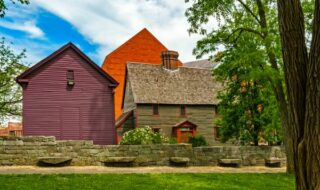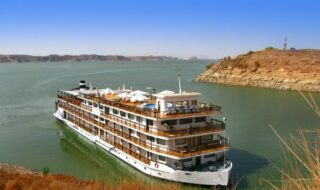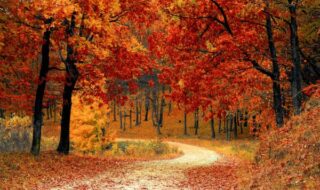
Unlike popular destinations in Europe such as France, the United Kingdom, and Spain, Albania might not attract too much interest and not much is written about it either. For such exact reason — and if you are fed up dealing with huge crowds, long lines and inflated hotel rates commonly experienced at places popular for tourists — you should consider visiting Albania: pristine landscape, warm and friendly people, and more.
Let’s elaborate on each of these reasons why you should visit Albania.
Table of Contents
Albania’s people
First on this list is the Albanian people who are just wonderful to be with. Whether they speak your language or not, young or old, locals seem excited to engage with you. In my experience, they accommodate my request (ask for directions to an attraction/transport or favors such as extended stay for a few hours) with few or no questions asked.
If there’s a training on customer service — the Albanian people are good candidates to teach them.
Its rich culture
If you follow its history closely, Albania has been subject to conquest by various groups: Roman, Ottoman and Byzantine empires, plus the occupation by Italy in World War II, and under communist regime afterward. This has brought multiple layers of influence in Albania’s culture. Places across the country are dotted with ancient castles, Byzantine churches and Ottoman mosques.
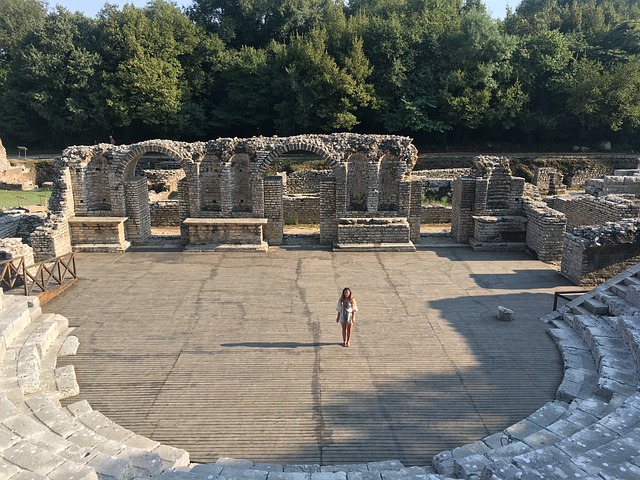
Despite the presence of conquerors, the Albanian people maintained their identity as evidenced by its clothing, music, and dance, as well as dishes visitors, will get to try.
Great experience on half the budget
The cost of experiencing things in Albania is just a fraction of what you’ll spend in many countries in Europe. Such ability to stretch your budget helps you easily extend your stay and explore off the beaten path and pristine surroundings. From hotel accommodation to dining at a fancy restaurant to guided tours, the cost is likely lower than you’d expect especially if you’re coming from another European country.
Its natural attractions
Stunning mountain ranges, dotted with idyllic villages, Albania’s topography is littered with these majestic natural attractions. The Accursed Mountains/Prokletije is also known as the Albanian Alps and extends from northern Albania to Kosovo and eastern Montenegro. Here, it is possible to hike from Shköder then heading to Valbonë, hiking to Theth during the summer season.
Within Valbonë Valley National Park, outdoor activities such as hiking, trekking, horseback riding, and other adventures can be organized with spectacular sceneries in the background.
Other attractions include Koman Lake, just a couple of hours from Shkodra, Ohrid Lake and Karaburun-Sazan Marine Park.
Escape the tourist traps
In almost all cities I’ve visited, notably in larger ones, there’s a feeling that I’ve been only to places purposely built to cater tourists. This is evidenced by the overflowing number of touts, souvenir shops far outnumber other businesses and other signs of a heavily commercialized destination. In Albania, it’s seldom you’ll feel some places feel too touristy or deliberately built to generate tourist cash.
As the country has been closed to tourism for decades and only recently opened up for tourism, this explains the relatively fewer visitors coming in. In some places, you’ll be wandering around ruins of an ancient structure with herds of cattle outnumber fellow tourists. This creates a truly genuine Albanian experience.
Its amazing beaches
Blessed by an abundance of sunshine in the Ionian Sea, Albania is also home to fine beaches in its rugged southern coast close to the border with Greece. The more popular ones that are found in the Albanian Riviera are Drymades and Ksamil, characterized by sand and pebble beaches.
Comparable to the fine beaches in Italy, Croatia, and Greece, it’s not a wonder that a large percentage of visitors to Albania head towards this part of the country.
The UNESCO World Heritage sites
Albania has two sites inscribed under the UNESCO World Heritage list: Butrint ruins and historic Berat and Gjirokaster. The ruins at Butrint, located at Butrint National Park, combines a well-preserved archaeological masterpiece and a scenic location. Having hosted ancient Greek civilization, and later Roman and Byzantine settlers, resulting in an amalgamation of preserved identities of these colonists.
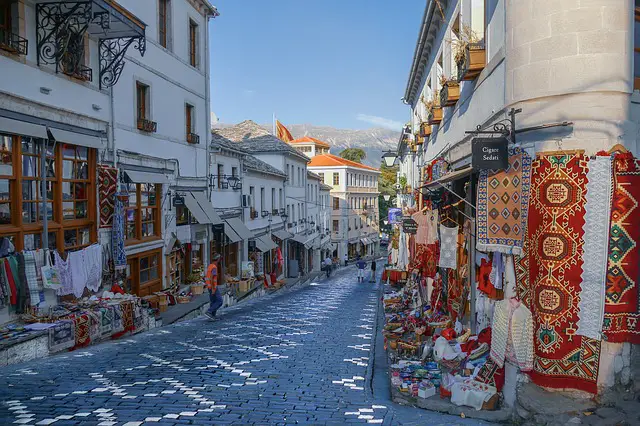
Berat and Gjirokaster are similar settlements, also located in southern Albania, are both well-preserved Ottoman towns. Gjirokaster (also known as Gjirokastra) was declared a World Heritage site in 2005 and features houses built on the hillsides that reflect the influence of 18th and 19th-century Balkan architecture. The extension in Berat, added in 2008, features Byzantine churches and several Ottoman mosques.
Other sites submitted to WHS for consideration are Durres Amphitheater, Royal Tombs of Selca and the Natural and Cultural Heritage Sites of the Ohrid Region.
Conclusion
After years of unrest and chaos, Albania’s political and security situation is now stable so it’s safe for visitors to come over. Yet its recent opening up to outsiders makes Albania relatively undiscovered, despite having similar offerings as its Balkan neighbors. Come and visit Albania and appreciate its peace, marvel at its beauty and connect with its people. Do this before huge crowds take over and spoil the true Albanian experience.



